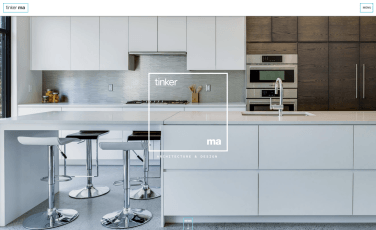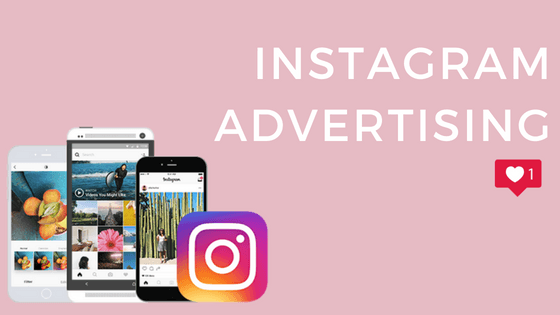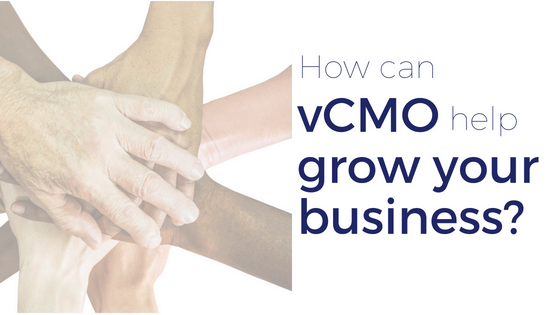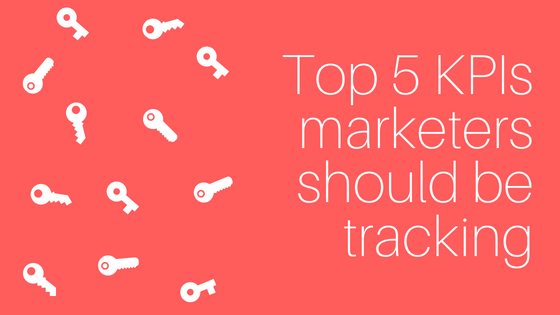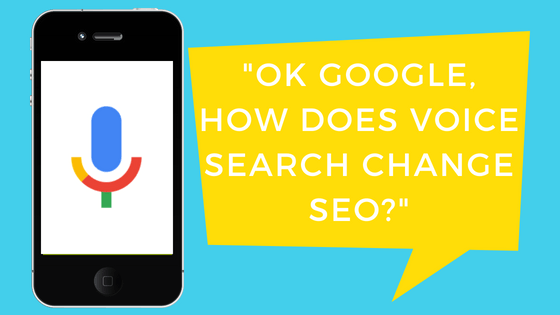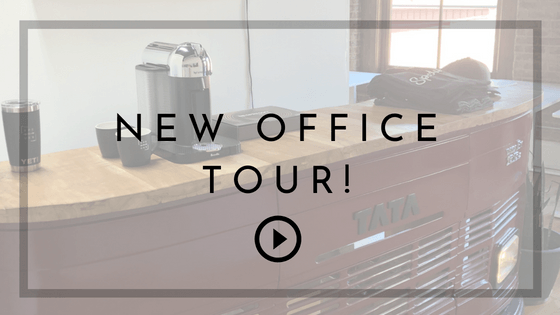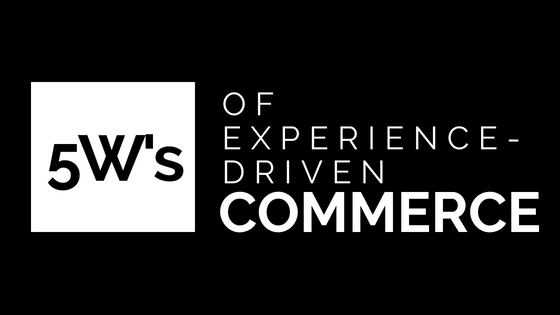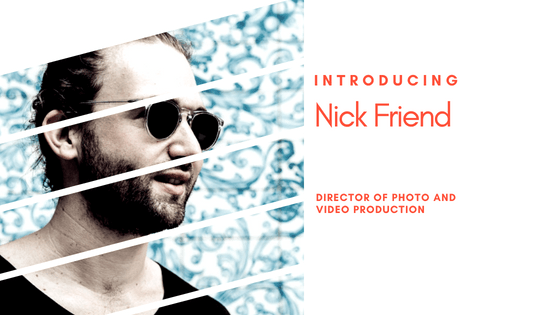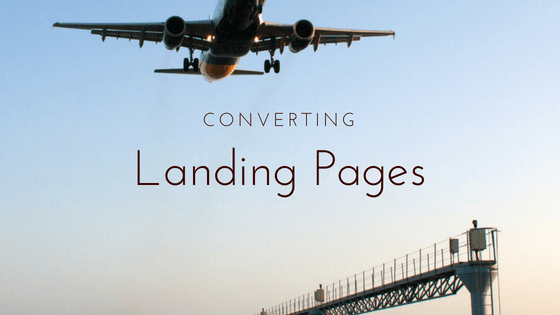What are you doing today in order to increase your visitor to sale conversion? E-commerce business is changing faster than ever before, along with customers taking more time to think about their purchases. Shopping cart abandonment is an online retailers’ biggest challenge due to potential lost revenue, but luckily marketers can help solve this problem … Read more
 Sam Silvey
Sam Silvey
Cogent Studio and PV Design join forces to become Tinker Ma Chattanooga, TN – Sep. 5th, 2018– Chattanooga-based architecture and design firms Cogent Studio and PV Design announced a merger between the two award-winning firms. Already working seamlessly as one firm, Tinker Ma partnered with Spectruss, a full-service marketing agency, to provide a newly … Read more
Instagram has more than 400 million users that share 80 million posts daily, making it a compelling platform for advertisers. The platform itself says its ads can help drive awareness and increase customers among a highly engaged audience. Instagram offers photo ads, video ads, carousel ads, and stories ads. Reasons to Use Instagram Ads … Read more
The expertise of an in-house marketing team minus the premium salary So your company is ready to take your marketing efforts to the next level. What do you do? Either you hire a full-time, in-house marketing director or chief marketing officer (CMO), but these positions require a $70-$200K salary that is way out of … Read more
Key performance indicators (KPI) for marketing tells you how well you’re doing in relation to your overall marketing and business goals. Marketers use KPIs to understand what is selling, who’s buying, how they’re buying, and why they’re purchasing. They give you enough insight to make better decisions to prove and improve the ROI of your … Read more
How to optimize voice search SEO In the fast-changing world of search marketing, technology search engines have drastically improved its interpretation and serve results activated via voice and it’s becoming an important piece of a search marketing strategy. According to SEO Tribunal, it’s predicted by 2020 50% of all searched will be voice searches. So as … Read more
Watch Spectruss New Office Tour CHATTANOOGA, TN – July 18th, 2018– Spectruss, a creative agency based out to Chattanooga, TN, is pleased to announce its new office location to a larger, more convenient space to accommodate continued business growth. View the new office tour below. The 3800 Saint Elmo Ave location, will continue to … Read more
Using the 5 W’s to provide memorable experiences for shoppers Global e-commerce sales are expected to eclipse $2.8 trillion. While this statistic confirms online shopping is on the rise worldwide, this growth is dependent upon a new finding from a recent Episerver report: Reimaging Commerce: Global Findings. Only 17% of people say shopping is their … Read more
A Chattanooga-based marketing agency expands in-house services for clients Chattanooga, TN – July 9th, 2018– Spectruss, a marketing agency based in the Chattanooga, TN area, is thrilled to introduce Nick Friend as the Director of Photo and Video Production for the agency’s growing client list. This new addition will expand Spectruss’s wide variety of … Read more
Findings based on an analysis of 18,639 landing pages Landing pages are an essential tool in helping inbound marketers generate more leads and convert them into prospects and customers. A landing page is a web page that allows you to capture a visitor’s information through a lead-capture form (ads, social media, email link, etc.). … Read more

